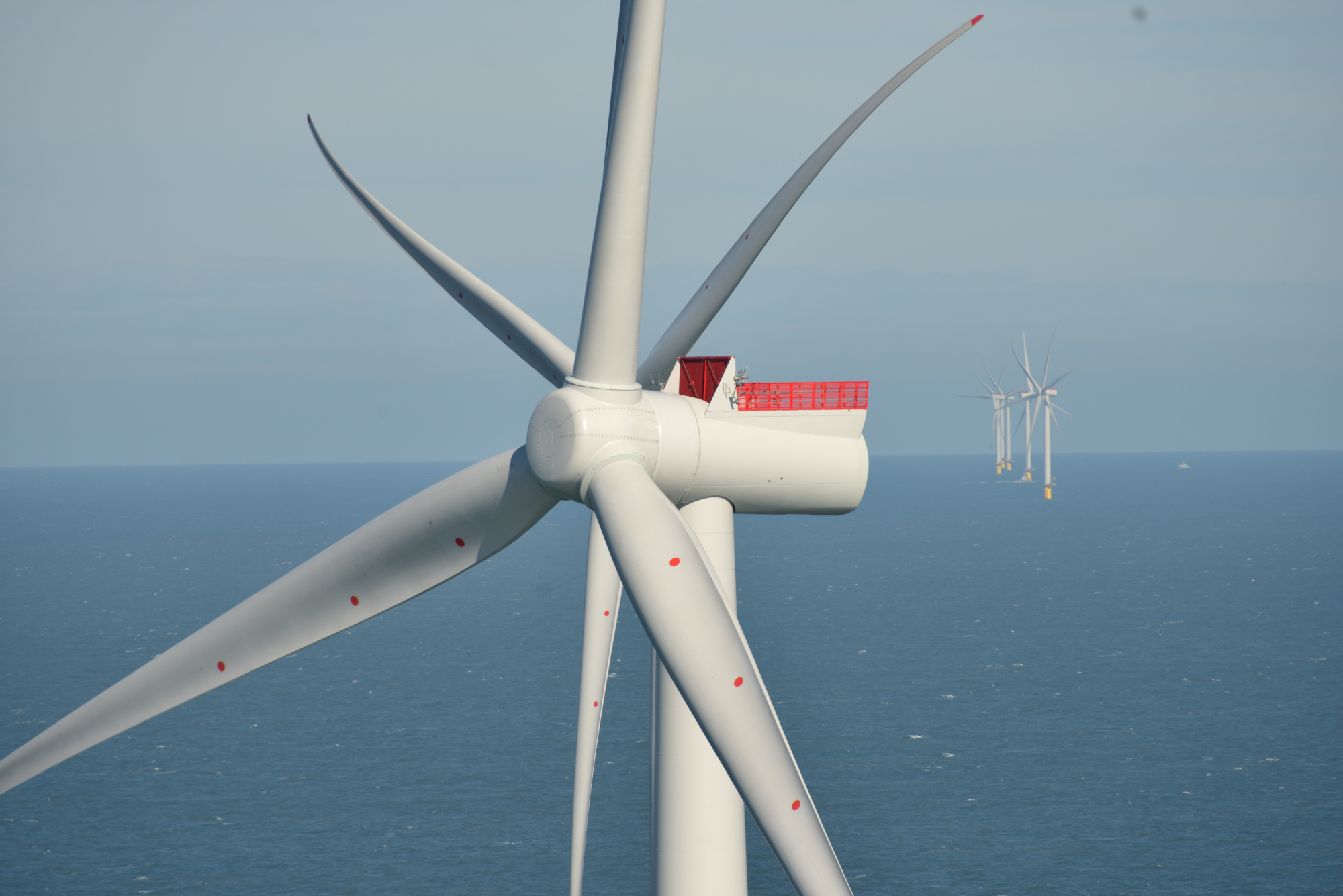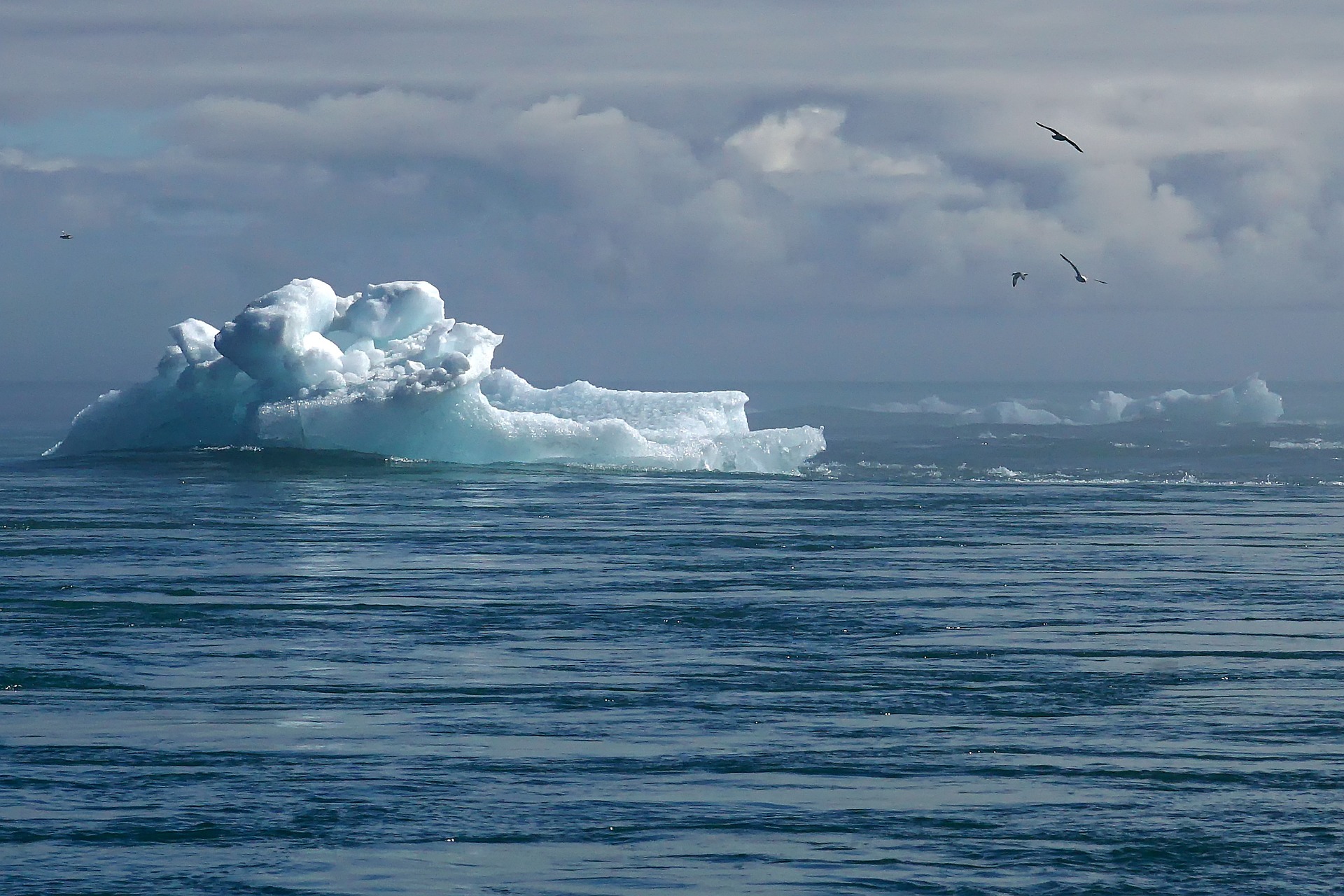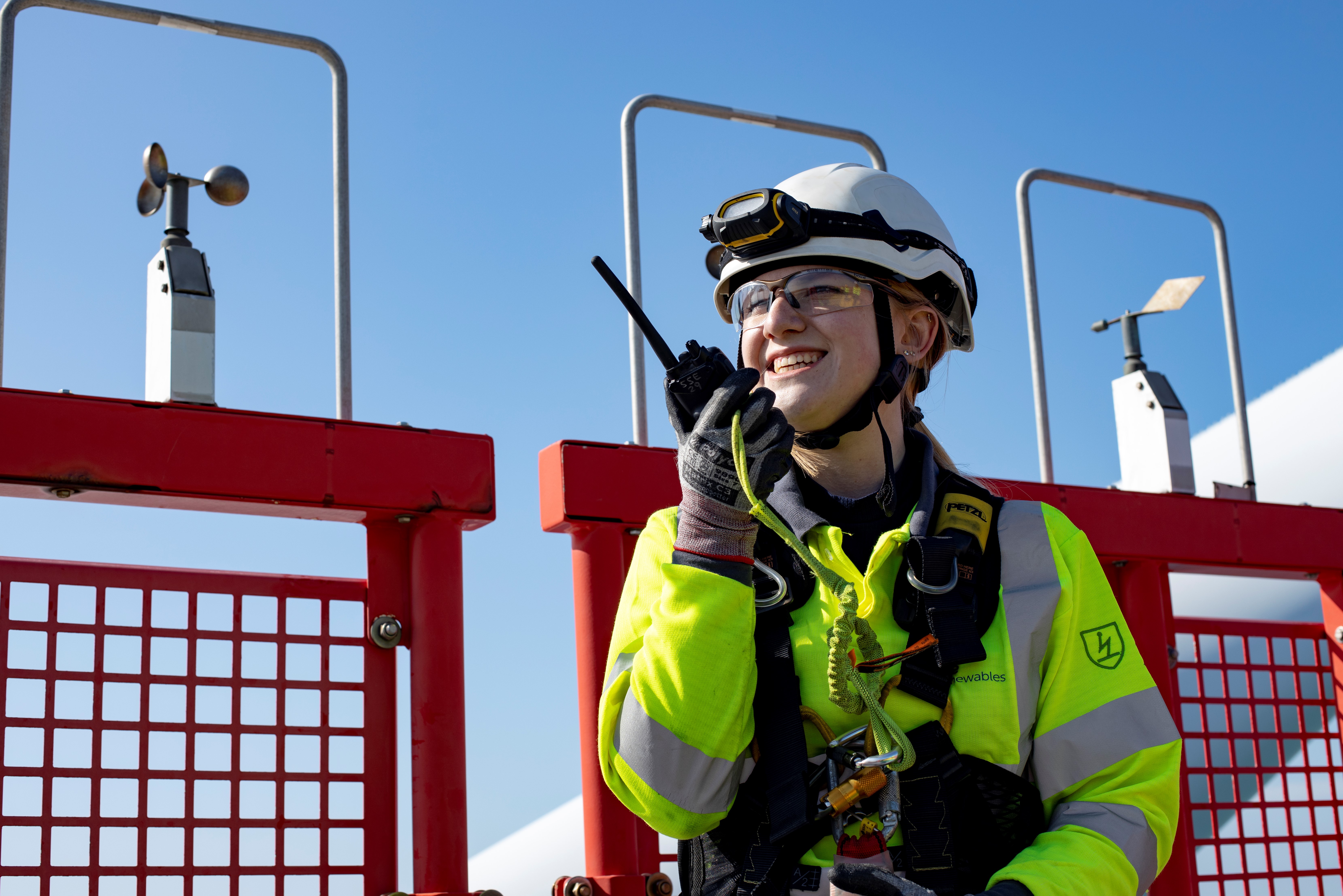The information on this page was correct at the time of publishing (December 2022). The project has since evolved and we would encourage you to read our September update for more information.
Offshore Wind in the UK
In the past 10 years the capacity of the UK's offshore wind farms has increased from only one gigawatt (GW) in 2010 to almost 10.5GW in early-2022. The costs per megawatt hour of offshore wind have been driven down by almost two-thirds, the sector directly employs more than 26,000 people, and it supplies on average around 15% of the nation's electricity. In short, the offshore wind sector has become one of Britain's most laudable industrial success stories.
However, it is still a sector in its relative youth, with plenty of potential for further growth in the UK and for export internationally. In its Energy Security Strategy, the Government announced its ambition for the UK to install 50GW by 2030. This ambition goes even further than the Sector Deal, agreed in 2019 between the offshore wind sector and the UK Government, which aimed for 30GW of installed capacity by 2030.
The UK Government's new vision is for offshore wind to power every home in the UK by 2030 and the plan has emerged as a central plank of Britain's green recovery after the coronavirus pandemic and given the current energy crisis and situation in Ukraine. The aim is to ensure the nation “builds back better” as it works towards its 2050 climate goals including legislated decarbonisation targets.
While the green agenda needs to clear multiple hurdles to deliver on the promise of billions in investment and much-needed green jobs, projects like North Falls will play an essential role in reaching the targets. We intend to work closely with all our stakeholders, Government, local communities and the supply chain to ensure we make a positive contribution to the nation's net zero ambitions, energy security and economic prosperity.
Feedback Questions
More than half of respondents indicated support for offshore wind, particularly as it means a move away from fossil fuels and has the potential to reduce pollution. However there were a number of concerns around its reliability and the continued need for other generation sources, as well as its impact on marine life and how it works in a harsh offshore environment. In terms of the project itself, a similar number were supportive (around 50%) with the key theme being that they would like to see it delivered quicker. Some other respondents were worried that the technology would be outdated by the time construction is complete, were concerned about the onshore grid connection location and also about impacts on the agricultural land. There was also a suggestion that energy companies should be run as not for profit organisations.

Climate rationale for North Falls
Scientists continue to see changes in the Earth’s climate in every region and across the whole climate system, including continued rise in sea levels and dramatic climate events. The August 2021 Intergovernmental Panel on Climate Change (IPCC) Report, said that many of the changes are unprecedented in thousands, if not hundreds of thousands of years and that the role of human influence on the climate system is undisputed.
However, strong and sustained reductions in emissions of carbon dioxide (CO2) and other greenhouse gases would limit climate change. Some benefits - such as for air quality - would come quickly, while it could take 20 to 30 years to see global temperatures stabilize.
Offshore wind farms generate clean, green electricity that powers millions of homes and businesses without burning fossil fuels. They have a vital role to play in the fight against climate change. While reducing greenhouse gases is at the core, the onus is also on developers to ensure new offshore wind farms are built responsibly, sustainably and employing the most efficient technology.

Cost of offshore wind
The price of offshore wind has fallen to an all-time low with the most recent contracts for difference auction bids coming in at £37.35 per megawatt hour (MWh). These “contracts for difference” guarantee offshore wind developers a fixed price to sell electricity for 15 years. If the market price falls below the contract price, the government subsidises the difference. If the market is higher, the companies pay money back to the government.
Since wholesale energy prices began to skyrocket last year - in May 2022, electricity prices reached a high of £263.79 - wind farms have been paying back money to the government. This means that if more offshore wind farms were operational now, electricity prices could potentially be much lower.
Energy security
As well as reduced costs, North Falls will also play a role in helping to stabilise the nation's energy prices and improve its energy security.
By generating more electricity from offshore wind, the UK will be less reliant on international energy imports, for example oil and gas, and therefore more self-sufficient. It will also become less susceptible to global price fluctuations in such commodities, which should lead to reduced costs for consumers. The invasion of Ukraine has given a stark reminder of the need for the UK to shore up its energy supplies and as one of the windiest nations in Europe, the UK is well placed to take advantage of offshore wind technology.
Other benefits of the project
As well as helping to protect the environment and contributing to the UK’s net zero ambitions, North Falls will bring numerous local benefits by way of jobs, local economy and community involvement. As an extension project, North Falls would aim to emulate the initiatives of its sister project Greater Gabbard and therefore create similar, if not greater, socio-economic benefit.

Greater Gabbard benefits
Greater Gabbard represented a total investment of around £1.5 billion and a new facility was constructed in Lowestoft, Suffolk for the project's operations & maintenance base.
Around 120 long-term, skilled jobs were created to operate and maintain the wind farm, with 95% of those recruited from the local area. These roles were in addition to the hundreds of jobs created during construction. Greater Gabbard has engaged 10 apprentices since the start of operation, offered junior engineer roles and employed ex-fishermen on crew transfer vessels as part of the drive to find locally skilled people to fill roles. The project recently announced a five-year trainee plan to further grow apprentice numbers. Since starting operation, the project has invested more than £250,000 in community funds and local training initiatives.
Feedback Questions
85% of respondents said they believed offshore wind has a key role to play in the UK's energy future.
The reasons for a positive response to this question included the fact that as the UK is a windy island nation it makes sense to use its natural resources. The other key points from supporters were that it: contributes to a reduction in the use of fossil fuels, is a proven technology and has well-established benefits. Of those who said no, there were concerns around the visual impact and what happens at the end of the turbine lifecyle.
Feedback Questions
There was a range of responses to this question, which will be taken into consideration by the project as work progresses. From a socio-economic perspective these included the use of local companies, and the development of apprenticeship and trainee schemes to create career pathways. From a wider community perspective there were suggestions around supporting and working closely with local artists and theatre groups, sponsoring community events and projects, protecting wildlife and providing charitable donations. In terms of engagement, future consultation events and the provision of regular information was requested, along with genuine consideration of the feedback provided.